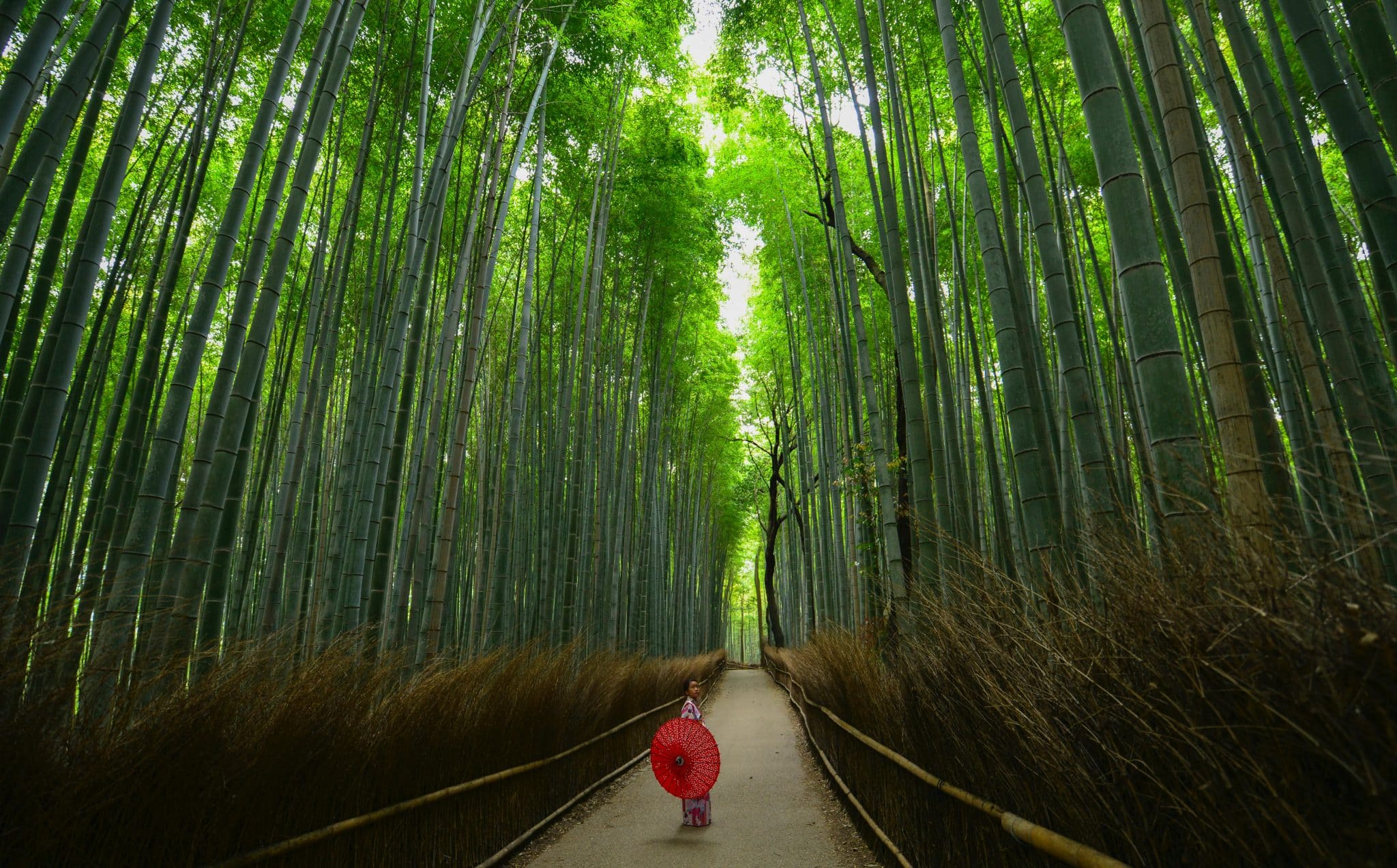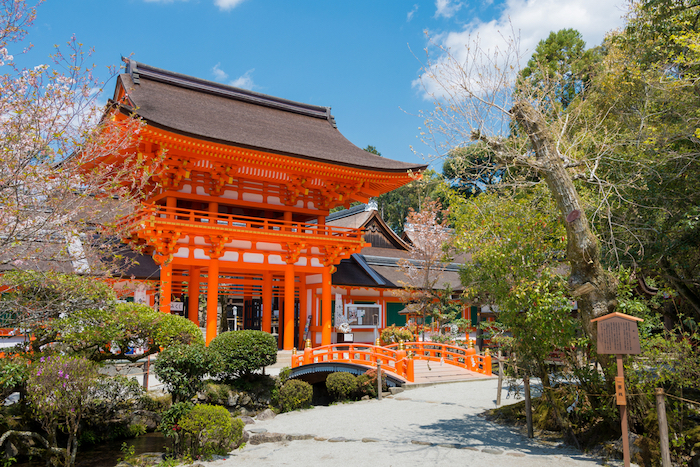Japan’s religious coronary heart Kyoto is dripping with historical historical past, tradition and heritage. Positioned on the island of Honshu, it’s the capital metropolis of Kyoto Prefecture and stretches throughout a complete space of 828 km (320 miles). However how a lot have you learnt about this cultural capital? From the thousand-year-old shrines to the atomic bomb, we’ll wager you haven’t heard a few of these fascinating info about Kyoto earlier than.
Fascinating info about Kyoto
1. It was the capital of Japan for over 1,000 years
Kyoto was the capital of Japan for greater than 1,000 years, from 794 to 1868 AD. Kyoto actually interprets as ‘Capital Metropolis’. Based by considered one of Japan’s earliest emperors, who had himself moved the capital from Nagaoka-kyo, the town as soon as solely encompassed the instant space across the Imperial Palace.
Through the nineteenth century, Edo (now Tokyo) turned a significant buying and selling hub with the west, whereas Kyoot maintained its isolationist coverage. The capital transferred to Tokyo in 1868, although since there was no official decree some keep that Kyoto ought to nonetheless be thought-about the true capital.
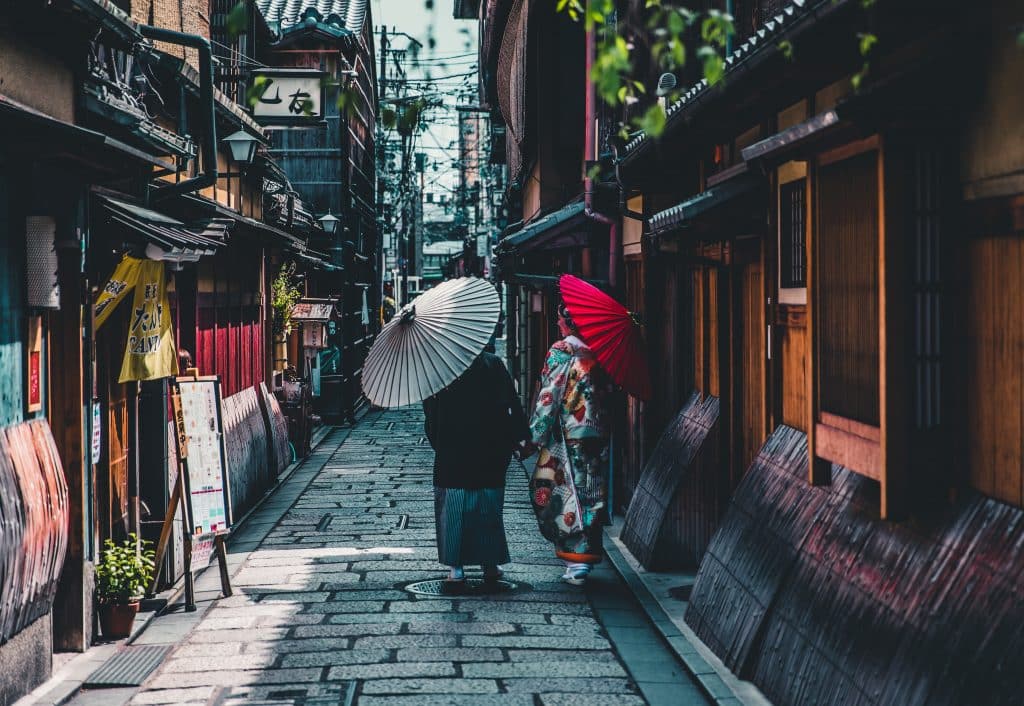
2. Kyoto was as soon as the most important metropolis in Japan
As soon as upon a time, Kyoto was Japan’s largest metropolis. Edo (Tokyo) and Osaka took the lead in direction of the tip of the sixteenth century. As we speak, it’s the eighth-largest metropolis in Japan.
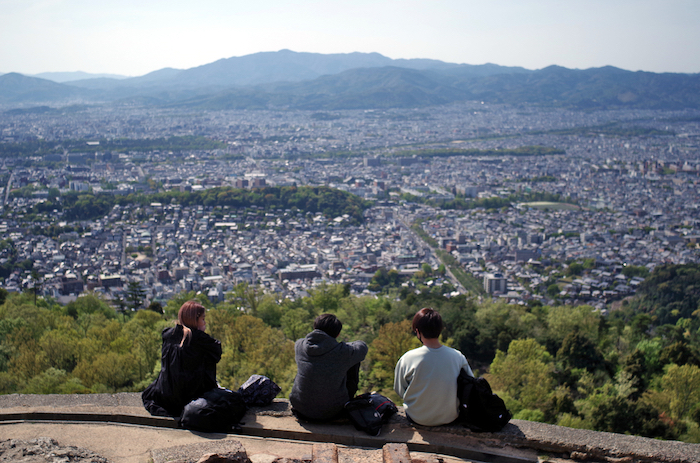
3. There are over 3,000 temples and shrines in Kyoto
There are over 3,000 temples and shrines dotted across the metropolis, therefore its nickname ‘Metropolis of Ten Thousand Shrines’. Fushimi-Inari-Taisha is considered one of its iconic shrines, located on the mountainside. Kiyomizu-dera is one other of Kyoto’s most visited Buddhist temples. Based in 778 AD, it encompasses numerous buildings and the principle corridor designed as a Nationwide Treasure.
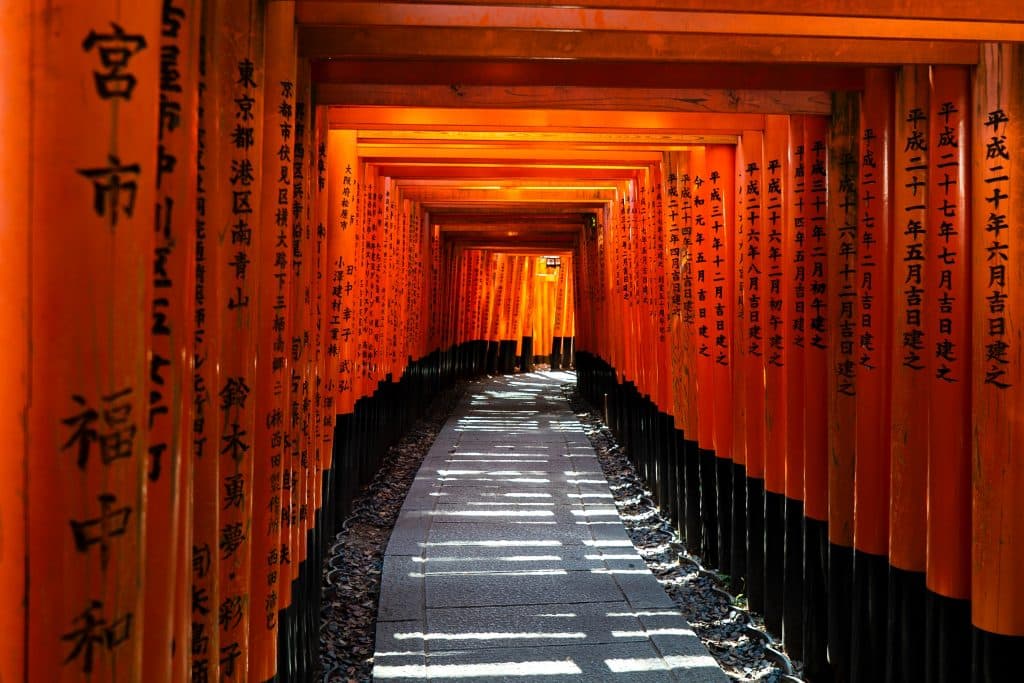
4. It was a possible goal for the atomic bomb
On the finish of World Conflict II, the Goal Committee of the USA Manhattan Venture put Kyoto advert the highest of the record of targets for the atomic bomb. The then U.S. Secretary of State, Henry Stimson, allegedly refused as a result of it was the traditional capital of Japan and considered one of nice non secular significance to the Japanese He had visited and been impressed by the town’s many architectural treasures a number of instances.
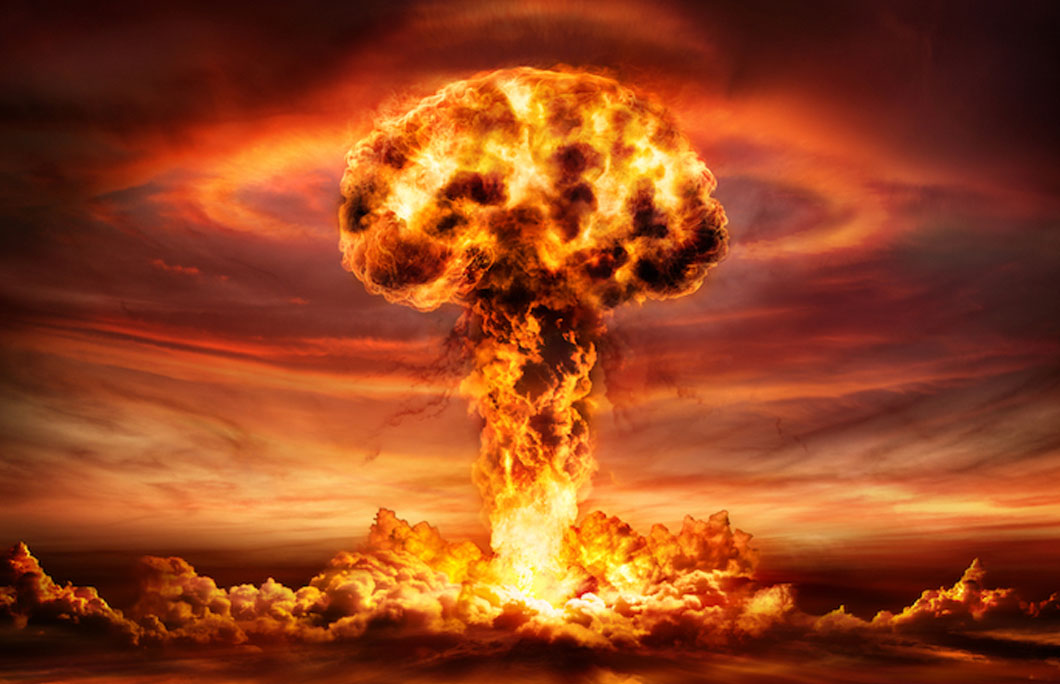
5. Kyoto is residence to considered one of Japan’s most prestigious universities
Kyoto College was established in 1897 and is without doubt one of the former imperial universities. It’s the second oldest college in Japan and constantly ranked amongst the highest two in the entire of Japan, the highest ten in Asia, and the world’s high fifty establishments of upper training.
It has produced 5 prime ministers of Japan, one president of Taiwan, 19 Nobel Prize laureates and a roster of world-class researchers.
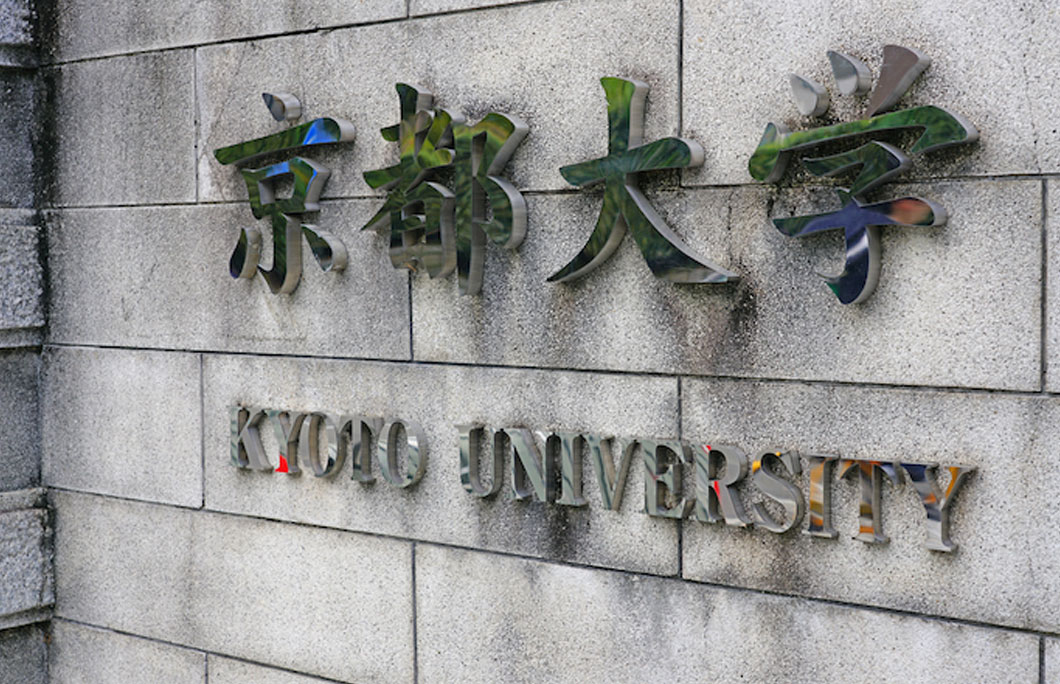
6. Kyoto is residence to a shrine over 1,300 years previous
Kamigamo Shrine is without doubt one of the most essential Shinto sanctuaries in Kyoto – and the oldest too. It was based on the banks of the Kamo River in 678 AD. It’s one of many 17 Historic Monuments of Historical Kyoto and a UNESCO World Heritage Website. Its full identify is Kamo-wakeikazuchi Shrine. Information from Emporer Heizei’s reign point out the Kamo-mioya jinga as one of many solely institutions granted a divine seal to be used of paperwork.

7. Kyoto is without doubt one of the best-preserved cities in Japan
A lot of Japan’s historic buildings and districts have been misplaced to fires, wars, earthquakes and redevelopment over the previous few centuries. That makes Kyoto much more distinctive. Gion’s Hanami-koji Road is lined by stunning centuries-old buildings, tea homes and eating places. The slender streets of Higashiyama and the agricultural city of Miyama are breathtaking too.
Whereas the remainder of Japan has adopted modernity and new-fangled applied sciences, Kyoto is clinging to its roots. Conventional arts and crafts are handed down from era to era, and you may nonetheless discover historical speciality outlets promoting washi (Japanese handmade paper) and chazutsu (tea canisters).
